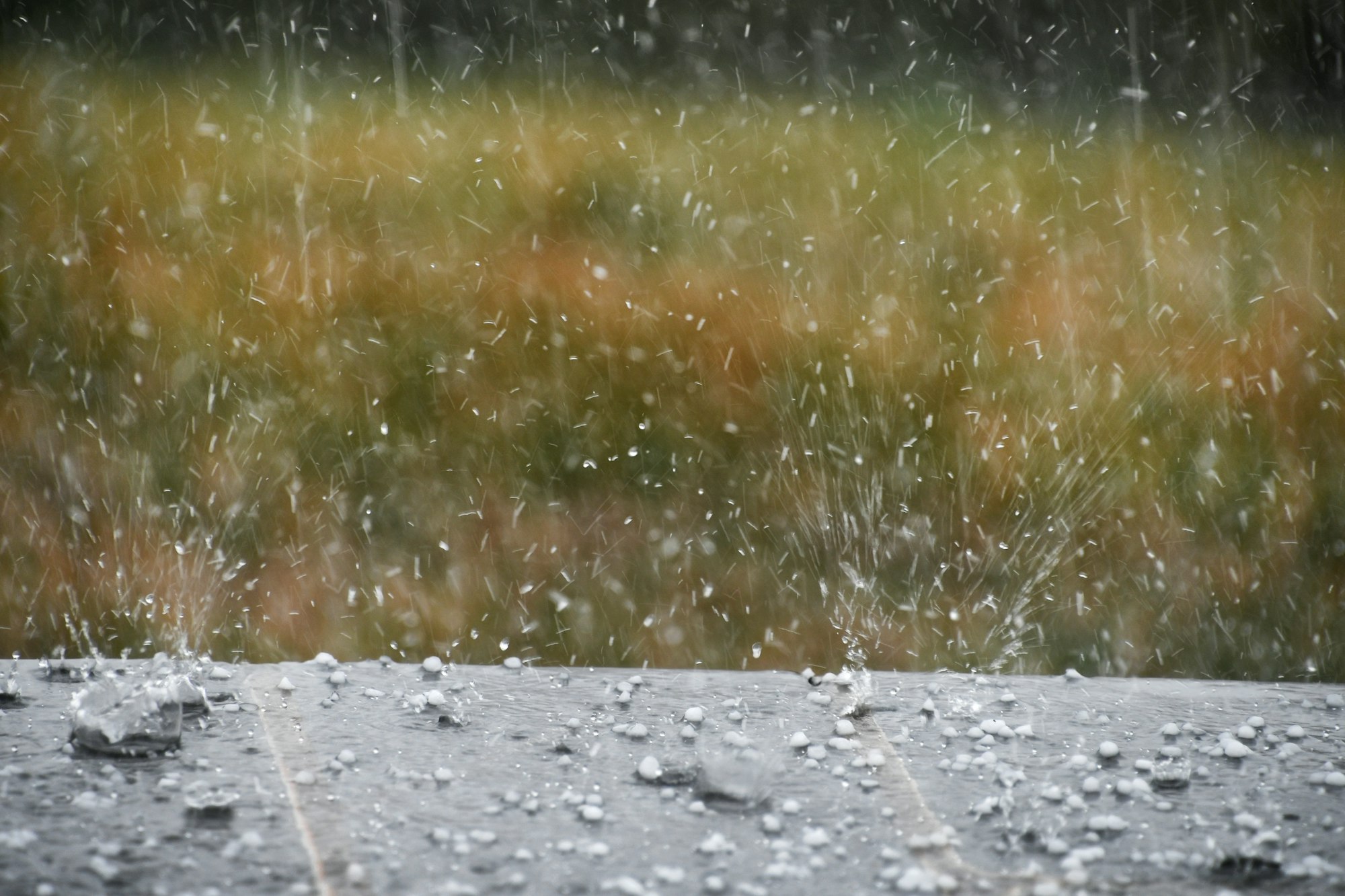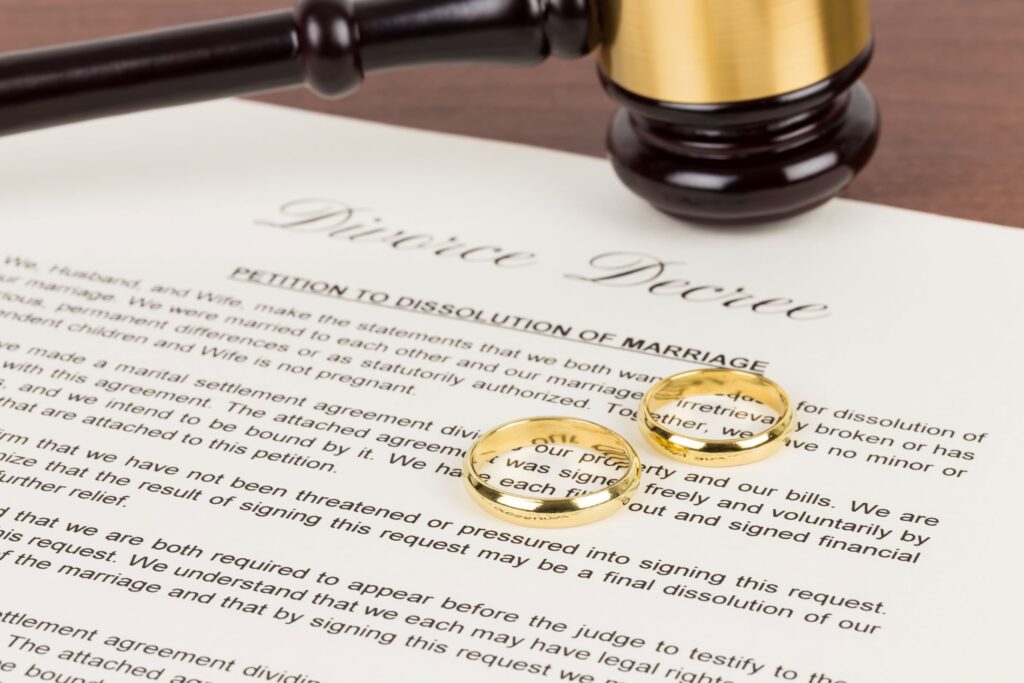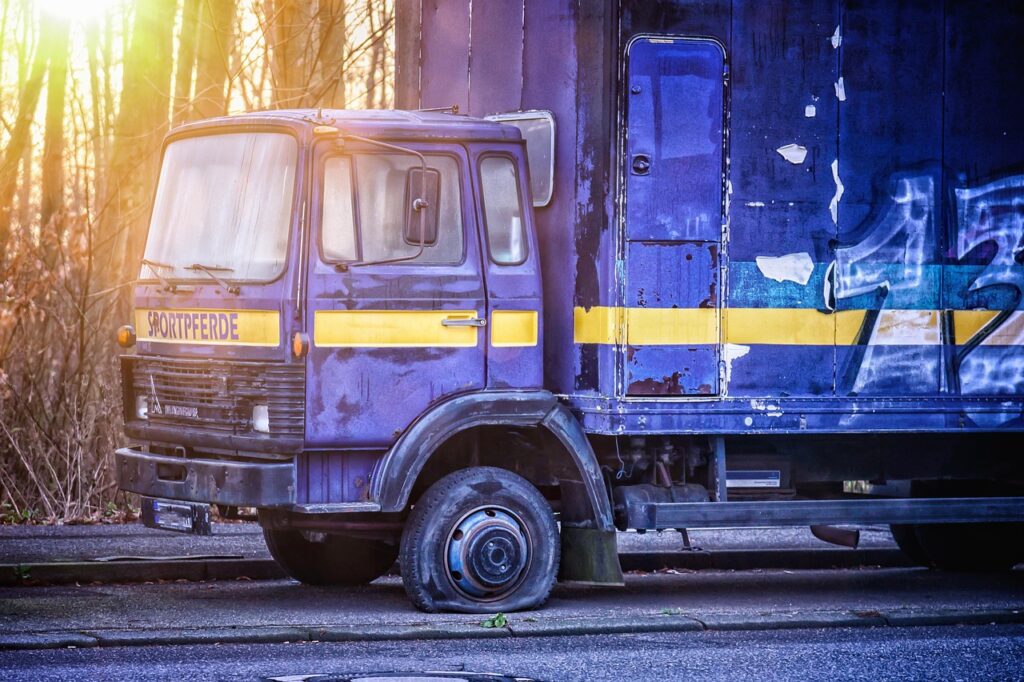Now Reading: Beyond the Visible: Hidden Home Damage from Hailstorms and Fires
-
01
Beyond the Visible: Hidden Home Damage from Hailstorms and Fires

Beyond the Visible: Hidden Home Damage from Hailstorms and Fires
The immediate aftermath of a hailstorm or fire often reveals stark evidence of their destructive power. Dents mar your vehicle, or the charred remains of your home offer a heartbreaking testament to the unleashed force of nature. Yet, some of the costliest damage these events inflict might lurk unseen, slowly revealing itself over time.
A hastily patched roof may hold back the rain for now, but hail-damaged shingles have a shortened lifespan. Lingering smoke odors trapped within your walls hint at deeper contamination. Failing to uncover the full extent of this hidden damage early on leaves you vulnerable when dealing with insurance companies. Claims may be denied months later, or you might be offered a settlement that won’t begin to cover what it truly takes to make your home whole again. Understanding the deceptive nature of these types of damage empowers you to secure full compensation for a complete restoration.
The Deceptive Nature of Hail Damage
While the damage to your vehicle after a hailstorm is impossible to miss, the impact on your roof might be far less obvious. From the ground, everything may seem intact. But ice chunks falling at high velocity can wreak hidden havoc on shingles. They may create bruising unseen by the naked eye, weakening the shingle’s integrity. Hail can dislodge the protective granules that shield shingles from the sun’s UV rays. While you might not have a leak immediately, those damaged shingles will deteriorate at an accelerated rate.
This is why time is of the essence after a hailstorm. Insurance companies may later balk at covering a roof replacement, claiming the damage was pre-existing or simply “wear and tear.” Failing to have your roof professionally inspected to uncover even minor hail damage severely undermines your ability to get full compensation when an inevitable leak later occurs. Remember, your insurance company isn’t on your side in this process. Their goal is to minimize payouts, yours is to ensure you have the resources to restore your home to its pre-storm condition.
Seeking Help to Uncover Hidden Hail Damage
While it’s tempting to grab a ladder and assess your roof after a hailstorm, there are inherent risks to the DIY approach. Unless you have experience with roofing, you could easily miss subtle signs of damage that a trained eye would immediately identify. Even more concerning is the safety hazard: a fall from a roof can cause life-altering injuries, a risk that’s simply not worth taking to save a bit of money.
Reputable roofing companies understand the impact hailstorms have in their region. Many offer free inspections, particularly in the immediate aftermath of a major storm. They know the specific types of shingle damage common to your area, and can thoroughly document their findings. This type of third-party assessment carries weight when dealing with your insurance company.
Should your insurance claim be disputed, or you feel the offered settlement is insufficient, that’s when the specialized expertise of a hail damage lawyer becomes crucial. These cases can be complex. Your attorney will assess the full extent of the damage, potentially bringing in expert witnesses to refute an insurance company’s lowball estimate. Their goal is to secure the compensation necessary to make your home whole again, restoring it to its pre-hail condition.
Smoke’s Far-Reaching Impact After a Fire
When a fire tears through a home, the immediate devastation is obvious. Charred belongings and the gaping wounds in walls where flames raged are a visceral reminder of the loss. Yet, in the urgent rush to secure your property and begin salvage efforts, it’s easy to underestimate the insidious reach of smoke. Soot, a byproduct of combustion, infiltrates even seemingly untouched areas. It coats surfaces, seeps into upholstery, and clings to the inside of walls. This leads to stubborn odors that defy mere cleaning attempts, making it feel like the fire lingers long after the last ember is out.
Smoke damage goes deeper than aesthetics. Heat, even when it didn’t directly touch a structural element, can dangerously compromise wooden beams and joists. What might seem solid could be significantly weakened, creating a safety hazard that a casual glance would never detect.
Additionally, toxic residues from burned materials can linger in your home’s ductwork. While professional cleaning can help, in severe cases, full replacement might be the only way to ensure your family isn’t breathing in harmful particles every time the air conditioning or furnace kicks on. Understanding the true scope of these lurking hazards is crucial for both the safety and full restoration of your fire-damaged home.
When Fire Damage Restoration Isn’t Enough
The hope after a fire is that the damaged portions can be repaired, and your home will feel like itself again. Tragically, in some cases, the structural integrity of the building has been too severely compromised. Specialized engineers and contractors trained in fire-damage assessment can evaluate the true extent of the harm. They examine the soundness of charred support beams, the warping of metal components, and the subtle distortions fire can inflict upon a building’s framework.
Sometimes, the devastating conclusion is reached: repairs won’t suffice. If the core of the home is now unsafe, attempting a superficial restoration poses serious risks down the road. This is when the conversation shifts from repairs to a full rebuild. Understandably, this can be overwhelming news for homeowners already reeling from the fire itself. However, accepting this reality is the only way to ensure your family will have a safe and structurally sound home to return to.
In these complex cases, a fire damage attorney becomes an essential ally. Insurance companies are notorious for underestimating the true cost of a rebuild. They may pressure you to accept a settlement that leaves you woefully short of what’s needed. Your attorney will fight back, bringing in their own experts to prove the full scope of the loss. Their goal is to ensure you have the resources to not just rebuild a structure, but to truly restore the place you call home.
The Importance of Thorough Documentation
In the chaotic aftermath of a fire or hailstorm, the last thing on your mind might be paperwork. However, taking the time to meticulously document your home’s condition and your possessions can make a world of difference when dealing with insurance claims. Photos and videos of your home, both inside and out, serve as an irrefutable record of its pre-disaster state. These “before” images become invaluable if the claim process turns contentious.
Don’t neglect receipts! When you remodel a bathroom or upgrade your kitchen, keep invoices for both materials and labor. These help establish the true value of damaged portions of your home, especially if upgrades were done. Trying to recall those details months or even years later is fraught with potential for disputes with your insurance adjuster.
A property damage attorney knows the specific types of documentation that carry the most weight in disputes with insurance companies. They can advise on the best ways to organize your records and often help source reliable, local contractors to provide quotes that substantiate those receipts if the originals have been lost. Thorough documentation, even if you fervently hope you’ll never need it, gives you an advantage and provides peace of mind that your claim will be taken seriously.
Conclusion
Hailstorms and fires have the potential to leave lasting damage to your home that extends far beyond the initial shock of the event itself. By understanding the potential for hidden damage, and the way it can evolve over time, you become a savvier homeowner. Armed with this awareness, you’ll be far less likely to be blindsided when an insurance company downplays the true cost to fully restore your property.
Taking proactive steps offers immense peace of mind. Establishing relationships with reputable contractors in your area means you won’t be scrambling to find trustworthy help if disaster strikes. Regularly reviewing your homeowner’s insurance policy, ensuring you have sufficient coverage for both repairs and a potential full rebuild, provides a financial safety net.
While no one wants to imagine the worst happening to their cherished home, being prepared gives you a sense of control amidst chaotic circumstances. Should you suffer the heartache of hail or fire damage, knowing you’ve done all you can to ensure a fair and swift recovery process allows you to focus on what truly matters – rebuilding your home, and your life.










